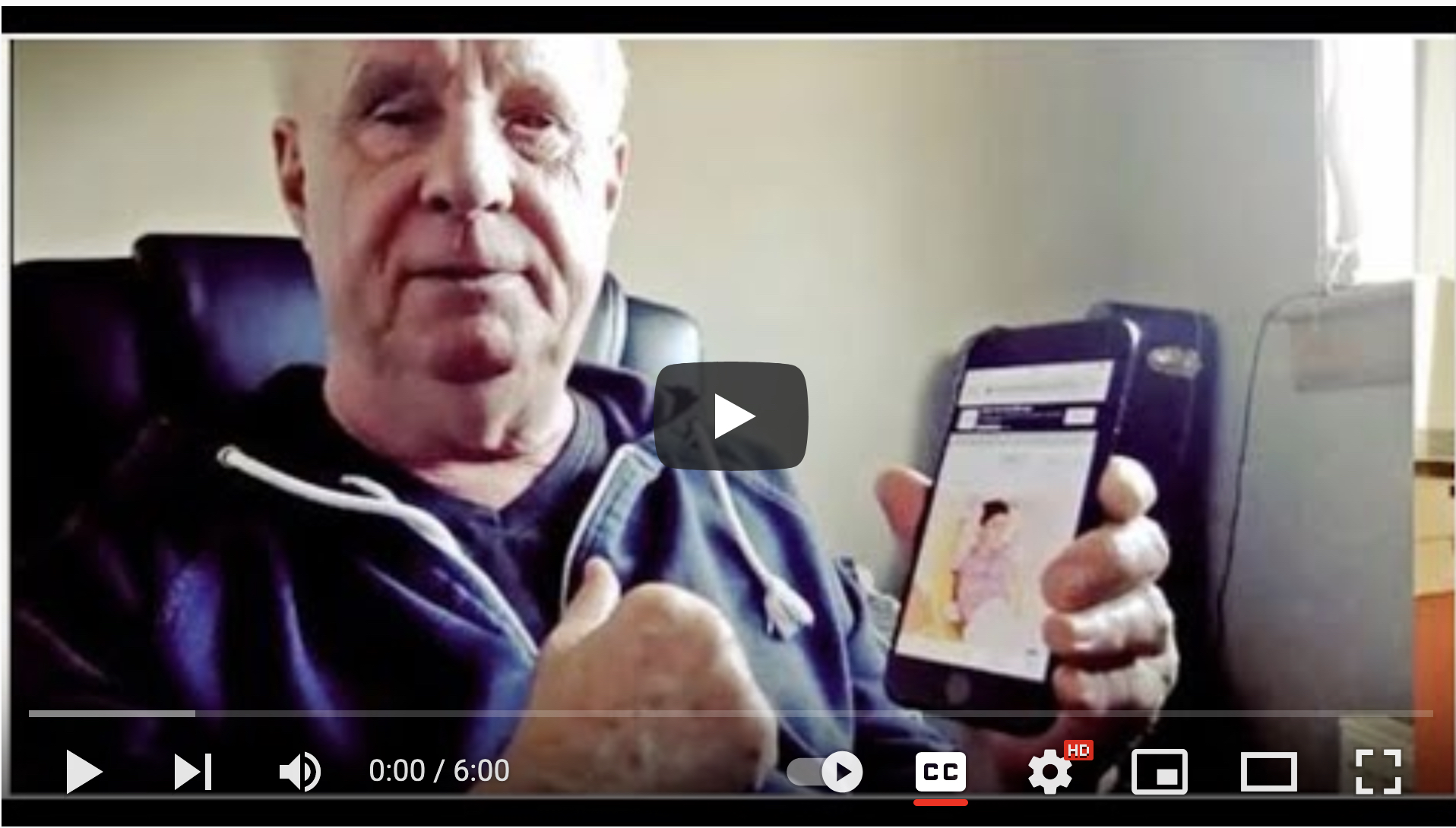 Note: ISO 30071-1:2019 is the standard that replaced BS 8878. This article was correct at the time of publication but is now out of date.
Note: ISO 30071-1:2019 is the standard that replaced BS 8878. This article was correct at the time of publication but is now out of date.
British Standard 8878 (BS 8878) is the Web Accessibility Code of Practice developed by the British Standards Institution, launched on December 2010.
Unlike much of the guidance previously published, the standard aims to introduce website accessibility to non-technical professionals, including:
- Policy makers (e.g. Chief Executive Officers, Managing Directors, Headteachers, IT Managers);
- Those responsible for promoting equality initiatives (e.g. Human Resource Managers);
- Those responsible for procurement of services.
- The producers of website/online products and services (e.g. website and online services owners, project managers, web developers, designers);
- Content creators (e.g. website editors, marketing managers, content authors);
- Those involved in testing and validation.
- Those who create and deliver related training courses.
It’s about processes not just techniques
The document outlines procedures you can put in place to help ensure that web based services are accessible to disabled and older people. It provides guidance on good practice; on how to develop your strategy and practical steps to implement that strategy.
Importantly, it contains examples that can help in relation to your own in-house policies, procedures and practices. For example, a suggested policy document, content for your website accessibility statement, procedures for your accessibility test plans and help with selecting accessible software.
What make it different from WCAG 1 and WCAG 2?
BS 8878 takes a more ‘holistic’ approach than other guidelines, such as the Web Content Accessibility Guidelines (WCAG), which focus much more on technical issues.
It covers:
- The law and accessibility.
- Inclusive design.
- Accessibility on devices that are not computers.
- Accessibility for older people.
- Developing accessibility policy.
- Accessibility and the tendering process.
Do you need to adhere to this standard?
I can think of a few reasons why you should:
- The fair treatment of disabled people is a legal requirement. If you don’t make your website accessible you risk falling foul of the law.
- The Human Rights Commission specifically states that the Equalities Act 2010 applies to websites.
- The government’s e-Accessibility Action Plan mentions BS 8878 as the basis for developing accessible online services.
- Research suggests that you will increase your audience by up to 17% if you make your site accessible. Nomensa humanising technology report, January 2011.
The BS 8878 approach to website accessibility
The BS 8878 is an important as it recognises that website accessibility is a more complex subject than just applying the right techniques to a web page (i.e. adding text labels).
In the past It has been easy to ignore website accessibility on the basis that it’s too hard to understand and/or that it’s a responsibility that can be off-loaded to the web developer (‘that’s what we are paying them for..’).
This new British Standard invalidates that argument and firmly roots the responsibility within the organisation. And that includes Third Sector Organisations, notwithstanding their size or budget.
A web developer might also carry responsibility, though again it is a less likely target than its client…. There is also a duty on the client not to instruct anyone to do anything which contravenes the Equality Act. BS 8878 C.6.1
BS 887 Compliance
Compliance with BS 8878 is not a simple check box exercise; to fully comply requires considerable resources, time, commitment and expertise. If the document has a weakness it is that the amount of work and expense required could frighten people off. Not every organisation can afford a comprehensive website testing programme, nor the resources to involve disabled people throughout the web development process.
However as was the case with the Disability Discrimination Act organisations are required to make, ‘reasonable adjustments’ , i.e. do what is considered reasonable given the constraints of resources and time.
The duty in the Equality Act and the DDA to make reasonable adjustments does not require steps that would fundamentally alter the nature of the service or that would cause the operator to incur excessive expenditure.
Third Sector Organisations large or small are not exempt from ensuring their online content is accessible to disabled and older people. And whilst BS 8878 may appear somewhat daunting, it is real step forward from the exclusively technical approach that seemed to be the default in the past.
This article as written by accessible website design specialist Jim Byrne. Contact us today if you are interested in a workshop, seminar or training related to the British Standard 8878 (BS 8878) the Web Accessibility Code of Practice
Contact us today. We are hugely experienced award winning web designers and developers. Please read what our clients are saying about how we helped them meet their aims.
Or phone to talk over your ideas: 07810 098 119.
Related Content
- Accessibility Auditing – WCAG 2.1 & WCAG 2.2 and Accessible Website Design, UKJim Byrne is an accessibility specialist with three decades of experience in accessible website design, training and accessibility auditing and consultancy for the not-for-profit, education, public and third sector. An award-winning website developer, website accessibility training provider and WCAG 2 expert ( he provided feedback on the development of WCAG ...
- How to create accessible emailEmail has become one of the most common ways to communicate. It is a good and economical method of disseminating information to people where they want to receive it. Emails are used for private communication, confirming transactions, newsletters, reminders for appointments, marketing and invitations, to name just ...
- Accessibility of audio and video content on the webI have re-published this content from a report I wrote for The Spoken Word Project in March 2007 - because it occurred to me that this might be useful information for organisations thinking of adding video to their websites. Time constraints mean that this document cannot be considered a definitive ...
Take my Web Accessibility Online Training Course - WCAG 2.1 Compliance
Learn to design and manage WCAG compliant, accessible websites with my online course
You will learn both the techniques of accessible website design and an entire ‘framework for thinking about the subject’. It will equip you with the skills to understand, identify and fix issues any accessibility issues you come across. Watch the free videos to get a taste of what is on the course.
)
Working with non-profits, charities, voluntary and public sector organisations and social enterprises for over 20 years. Jim set up one of the worlds first website accessibility web agencies in the mid 1990s.